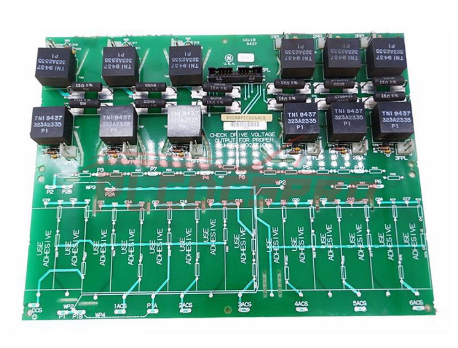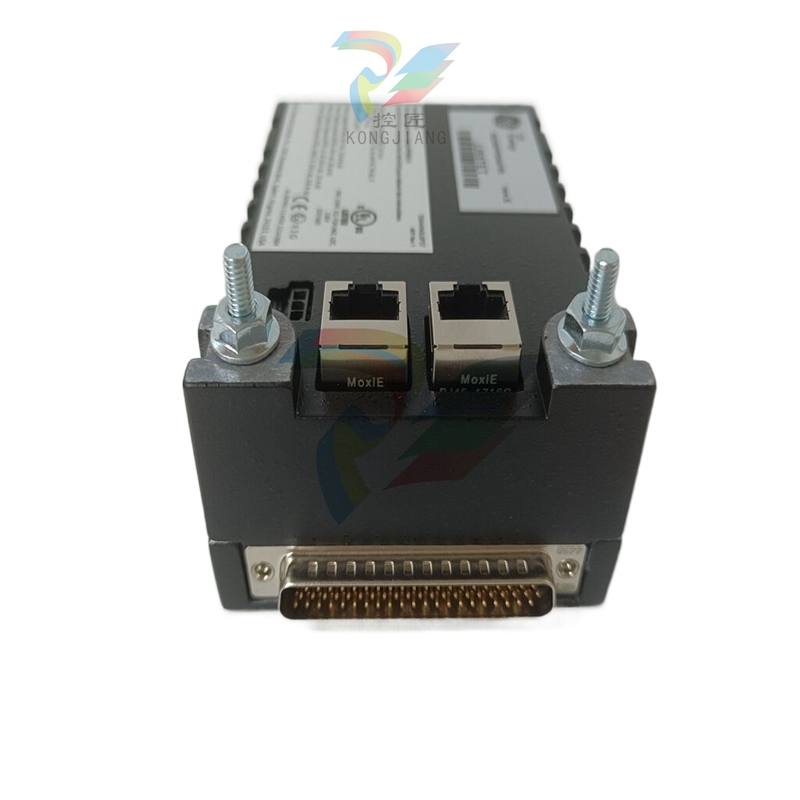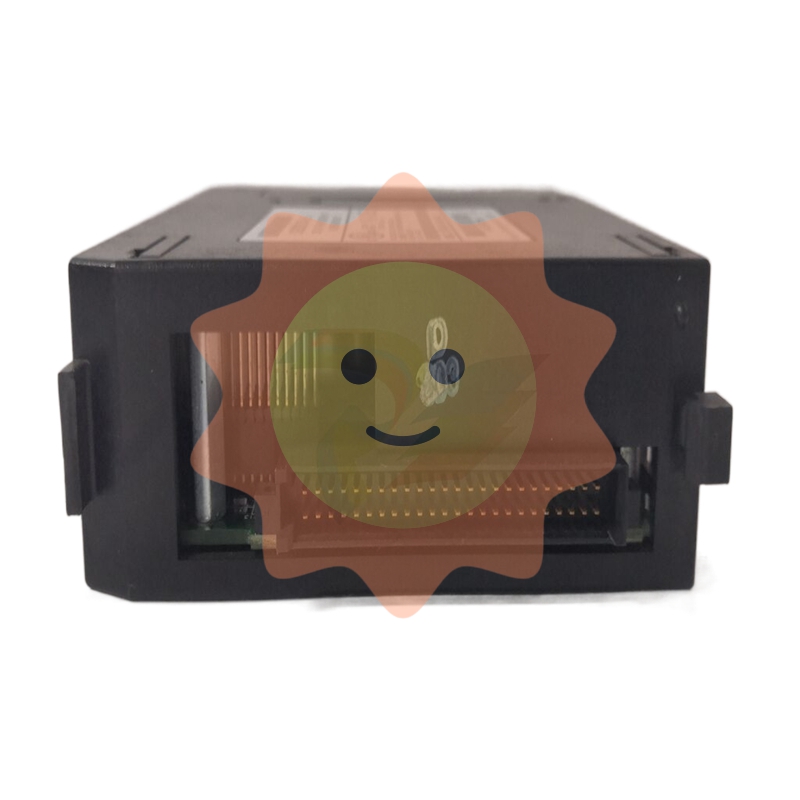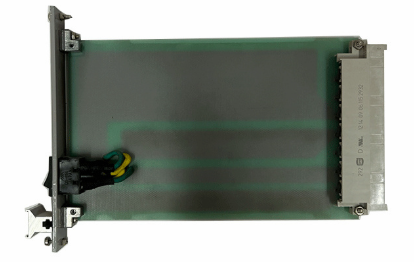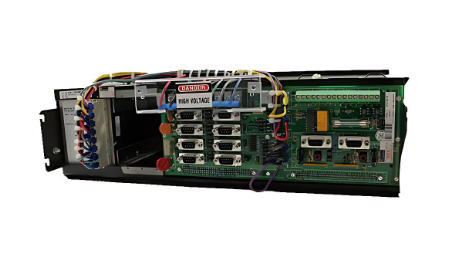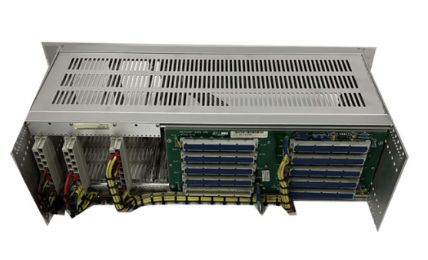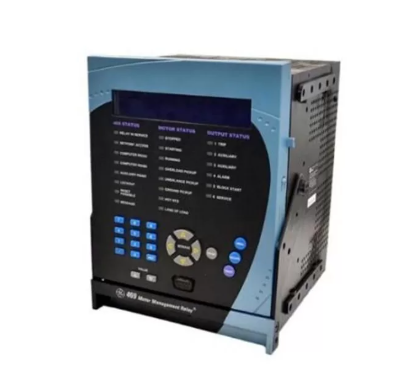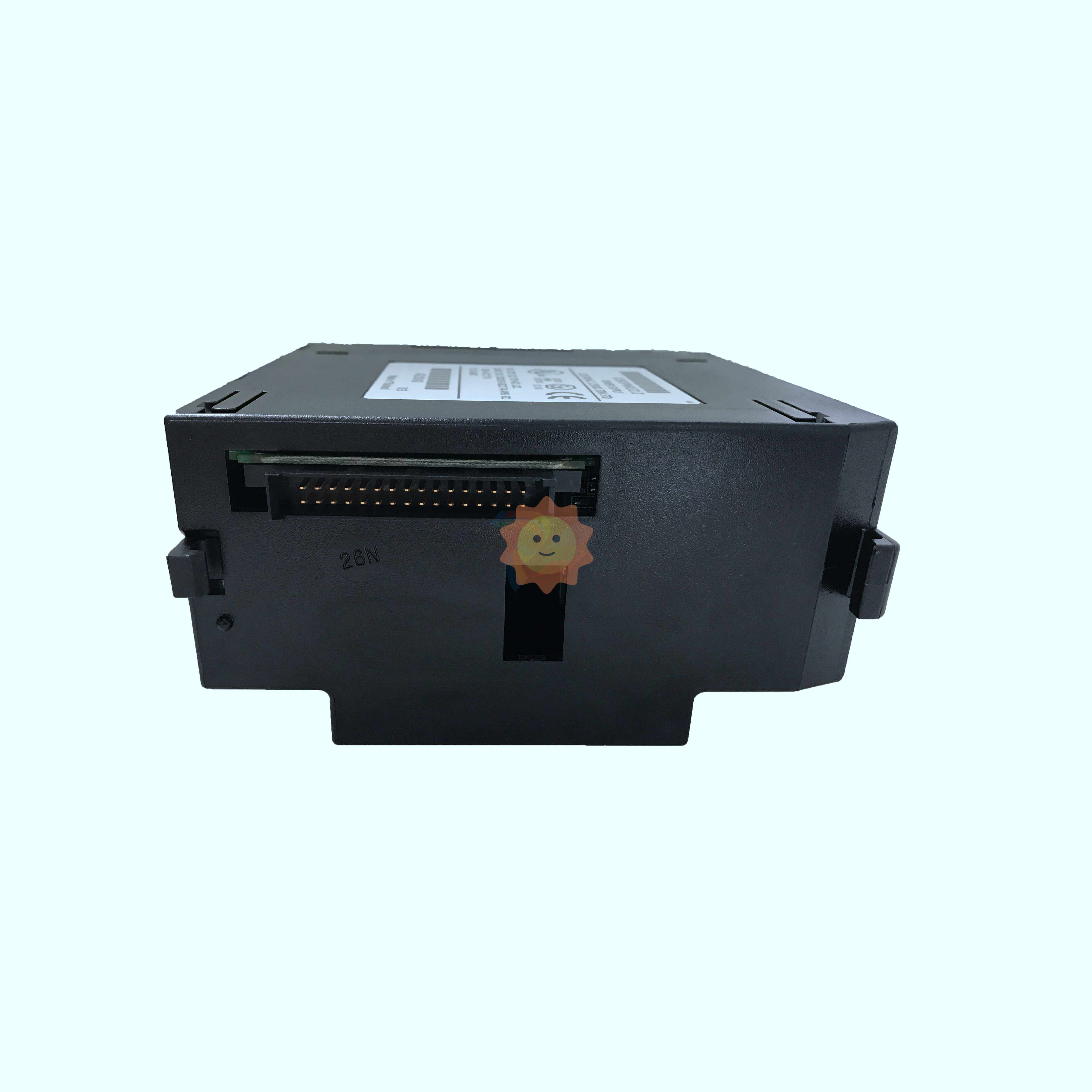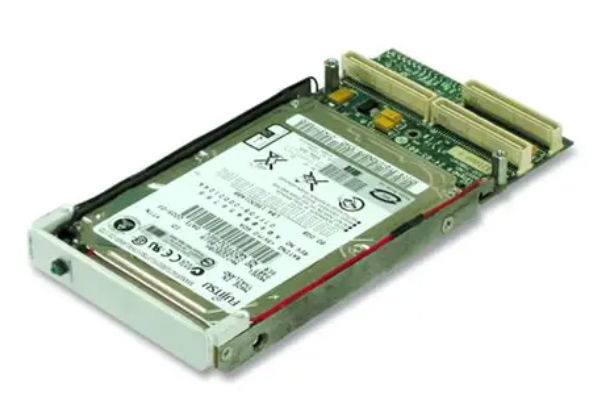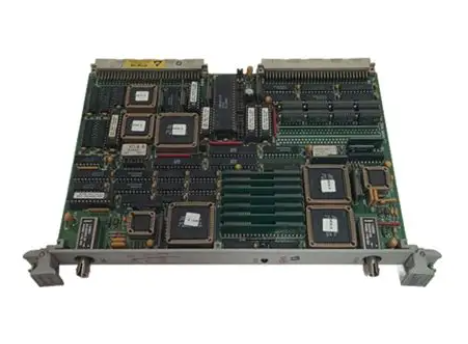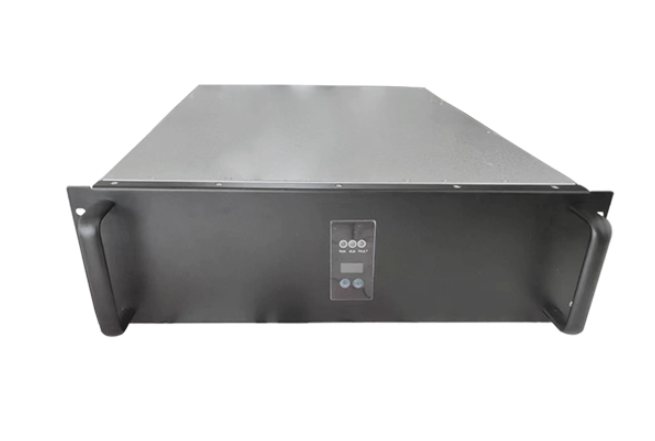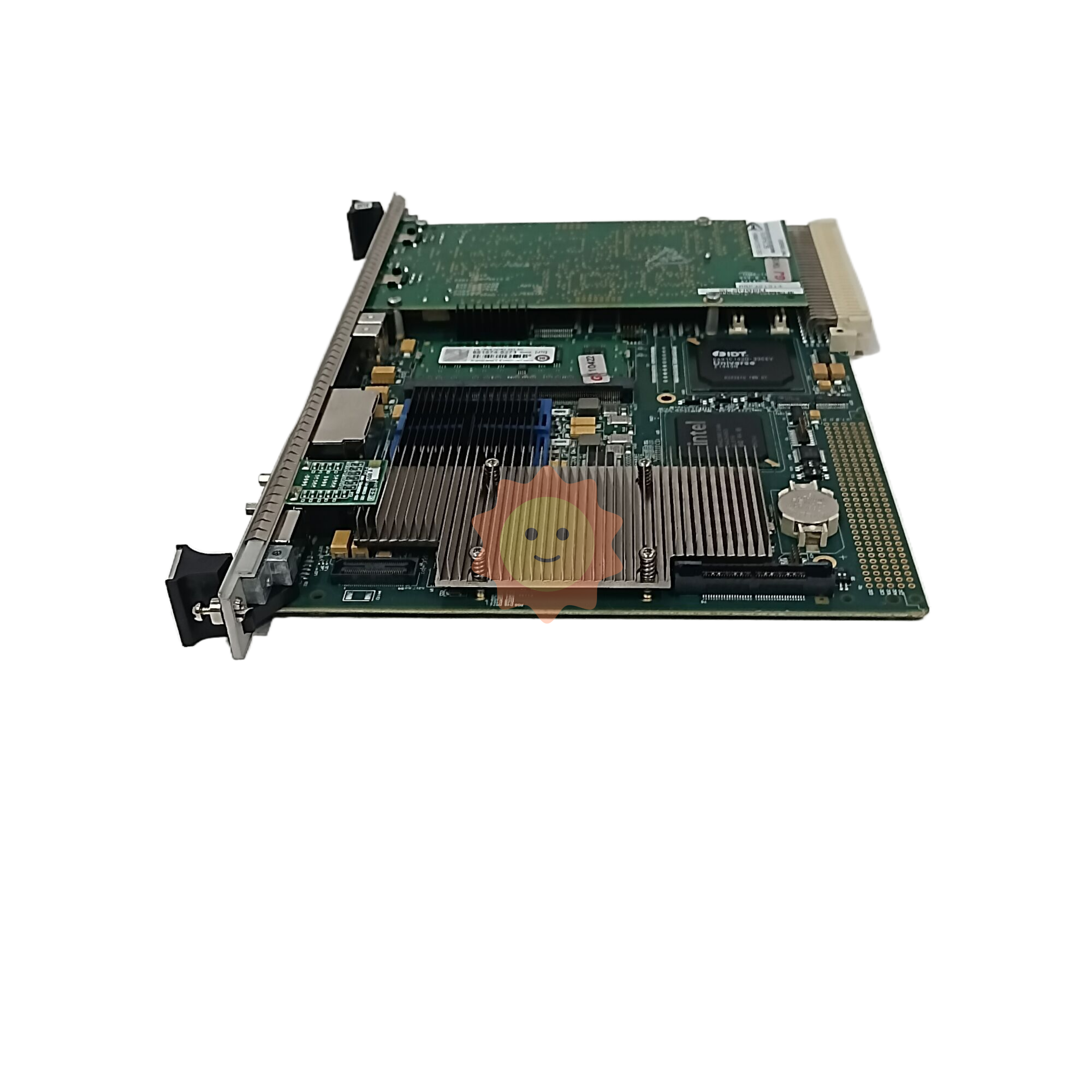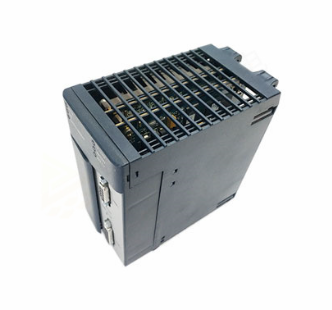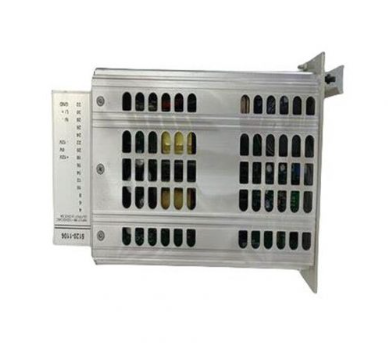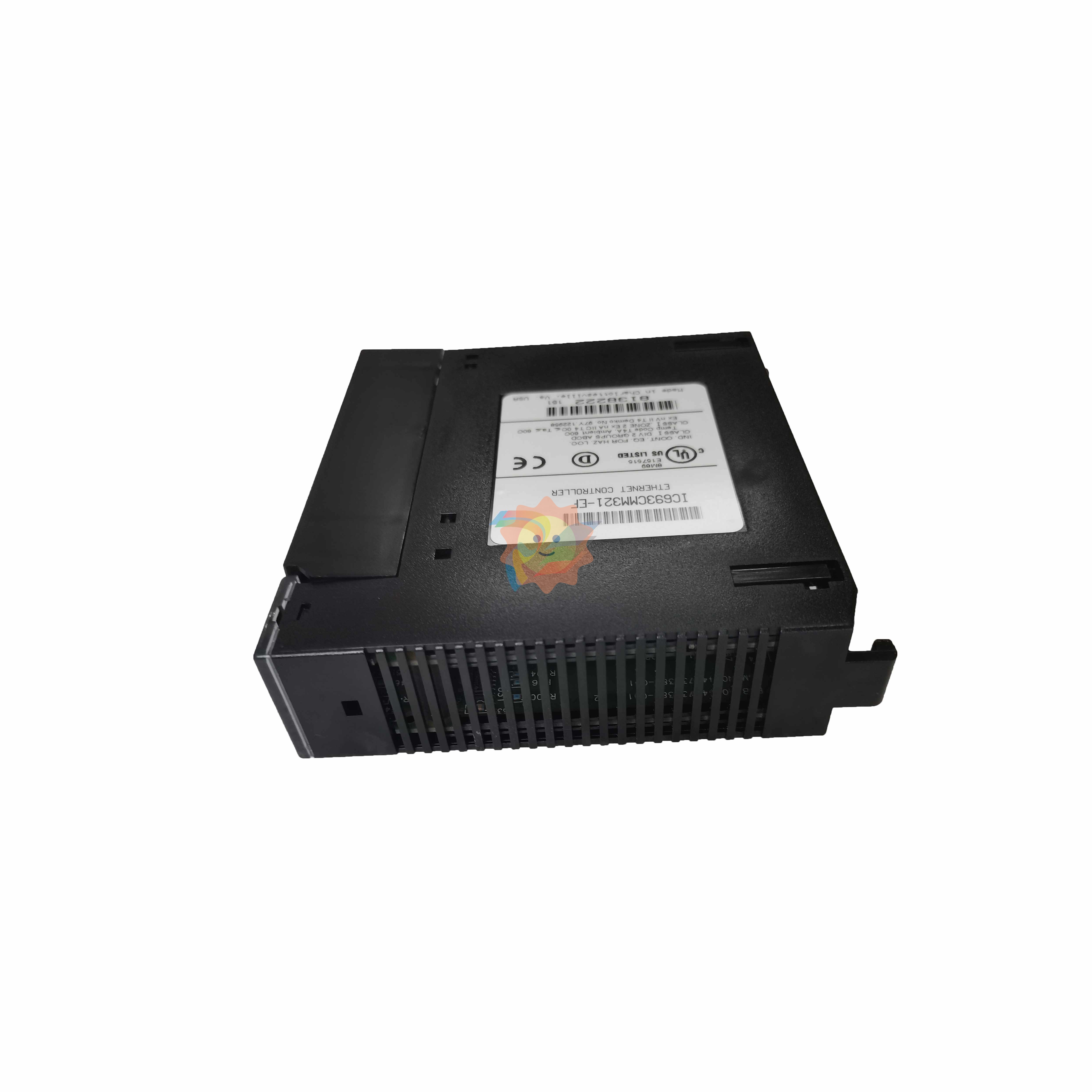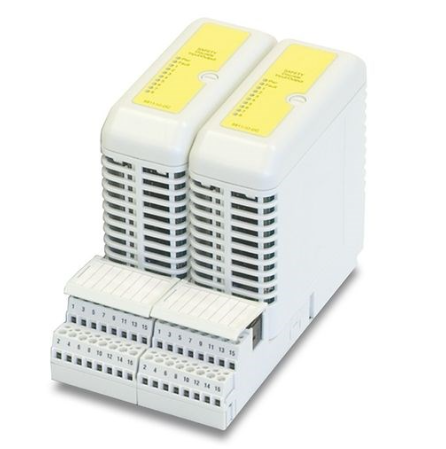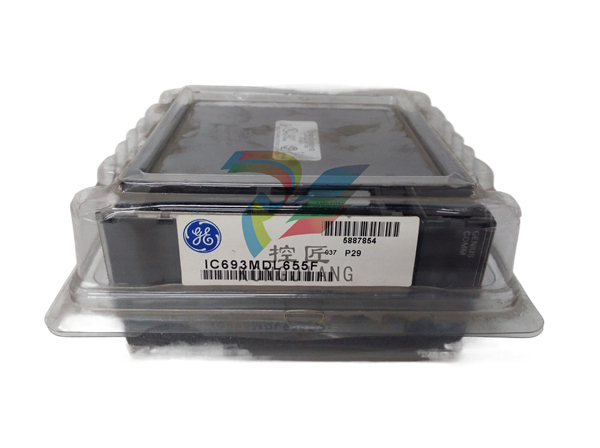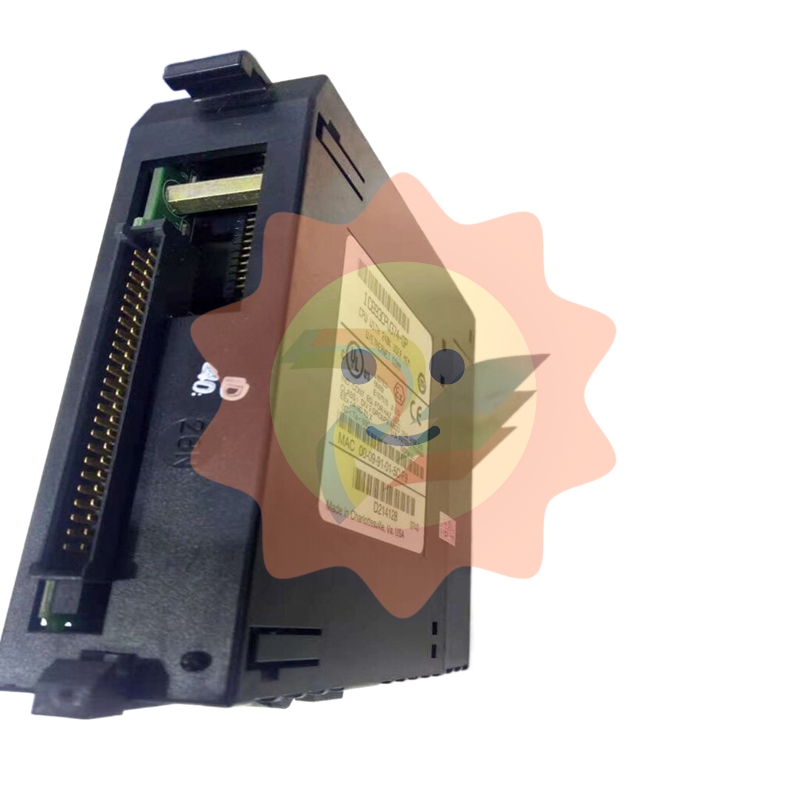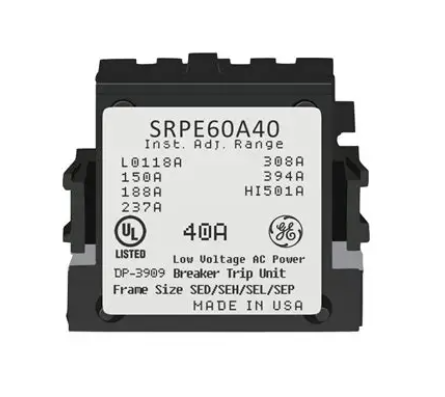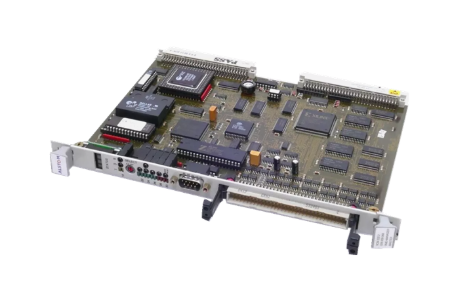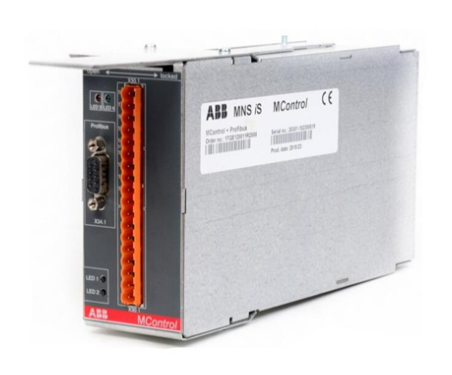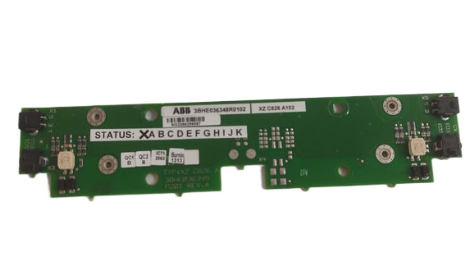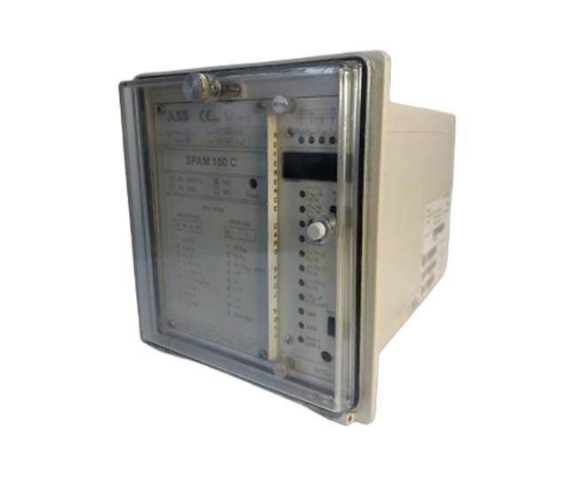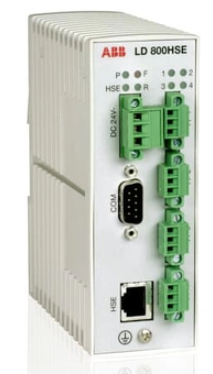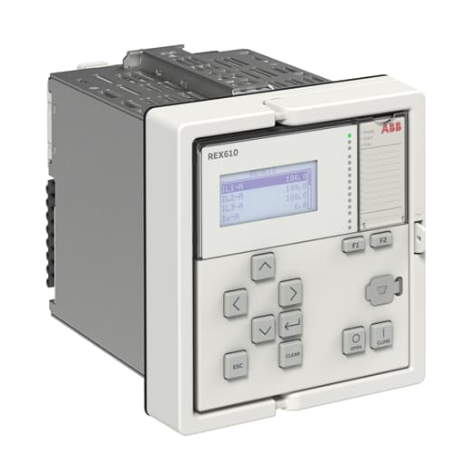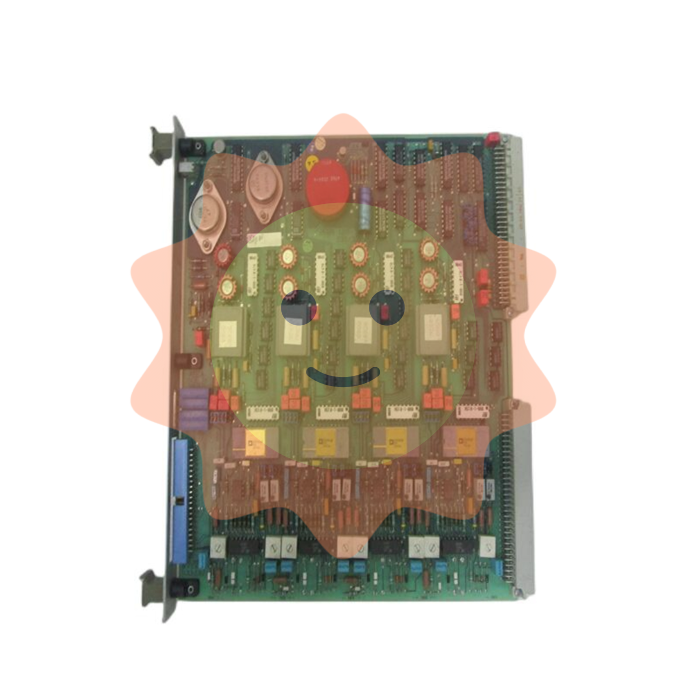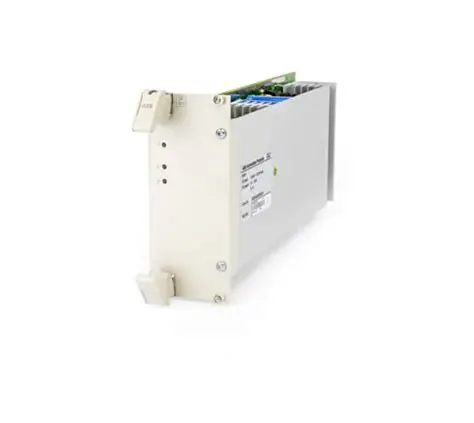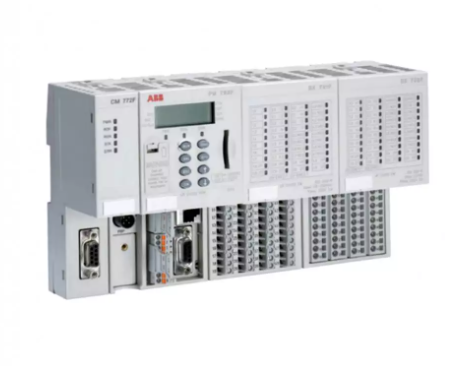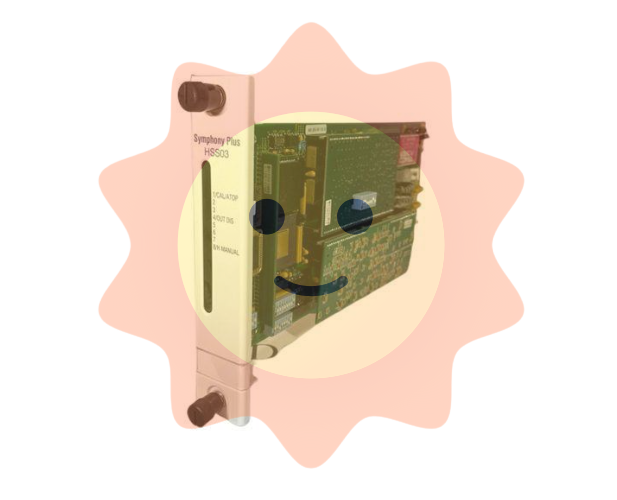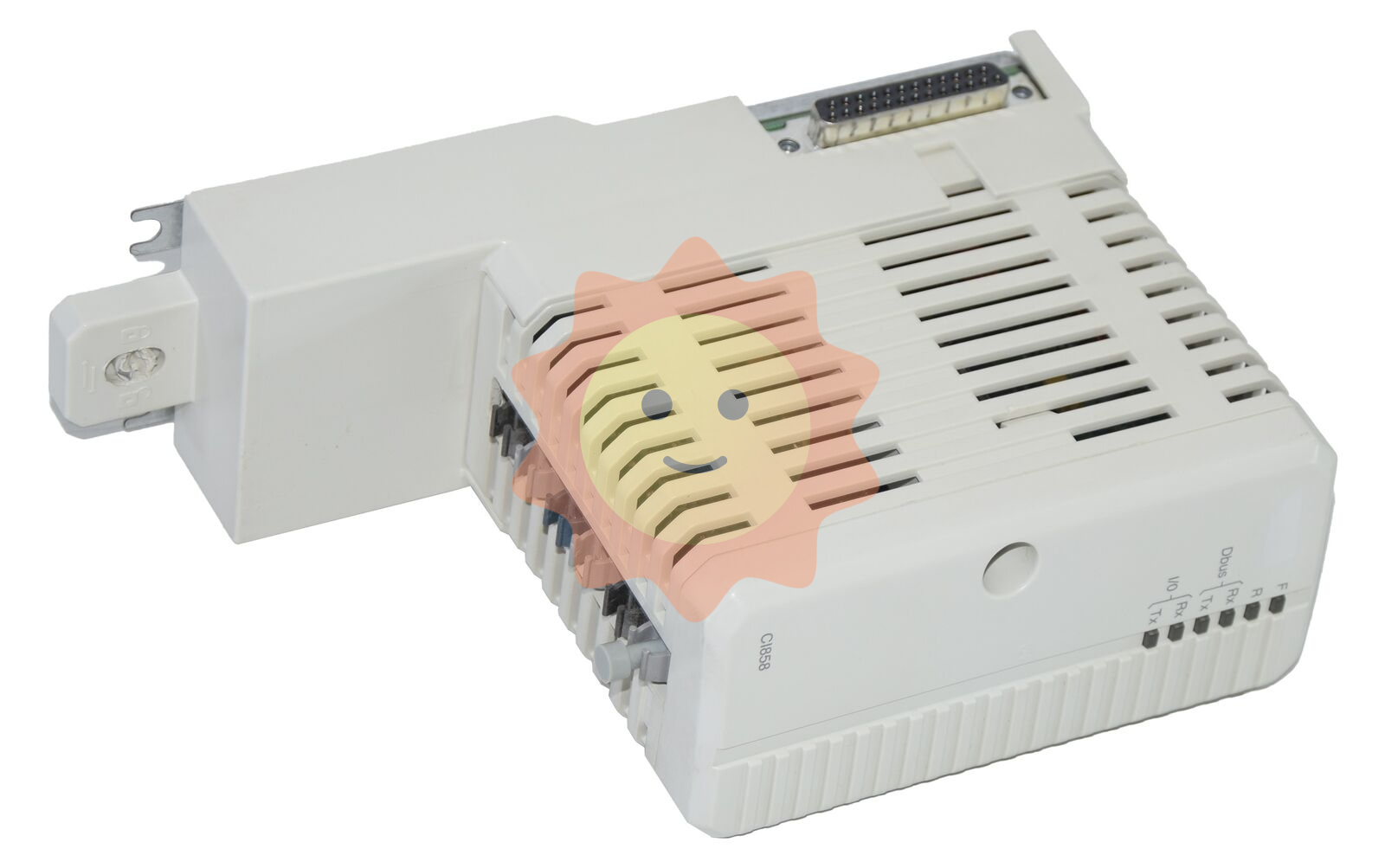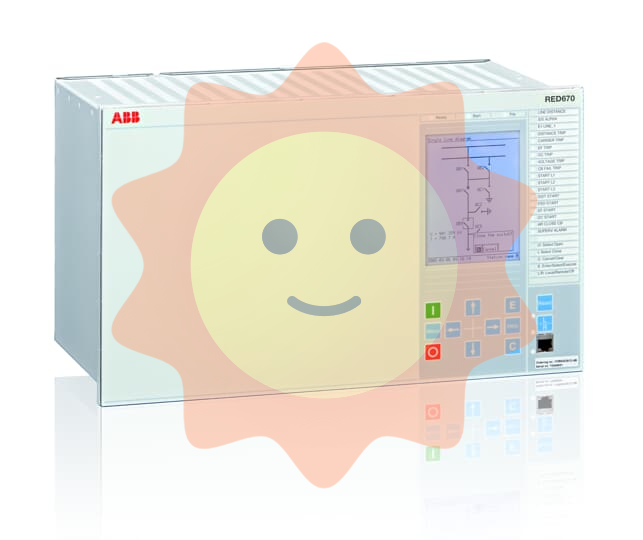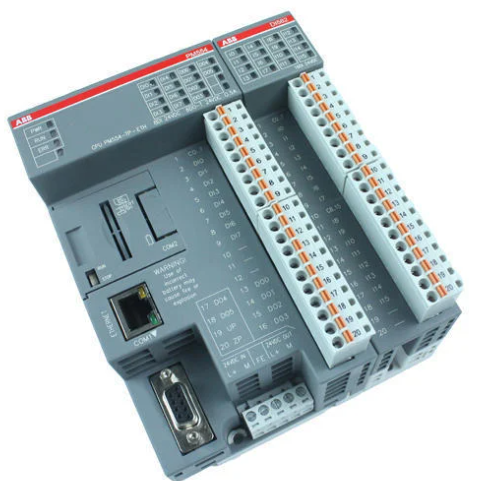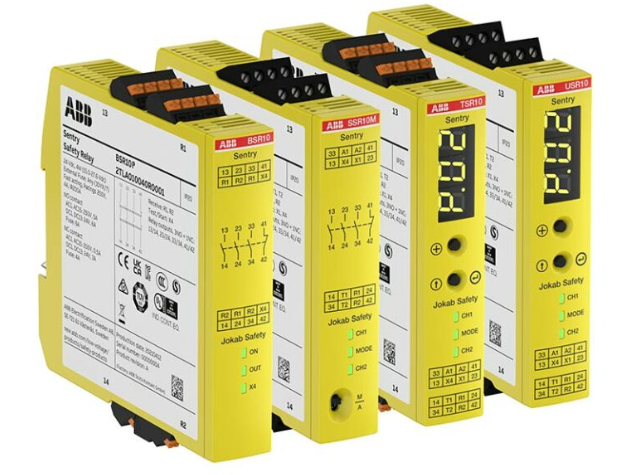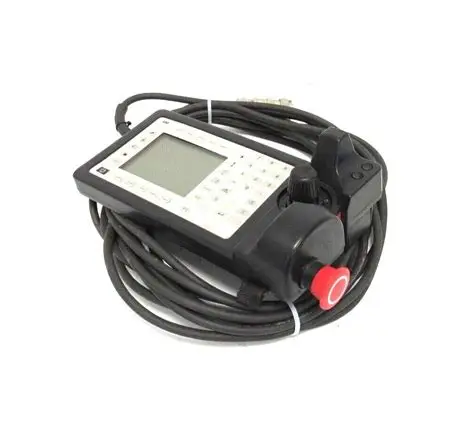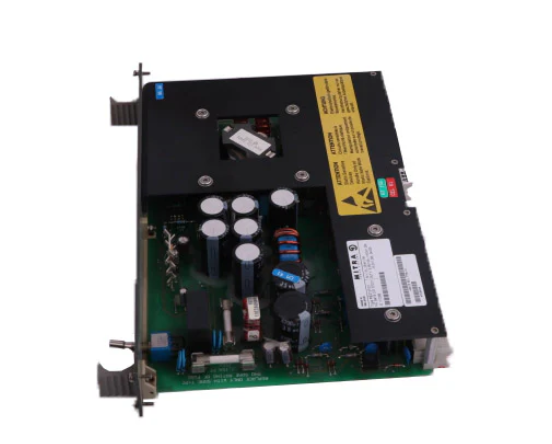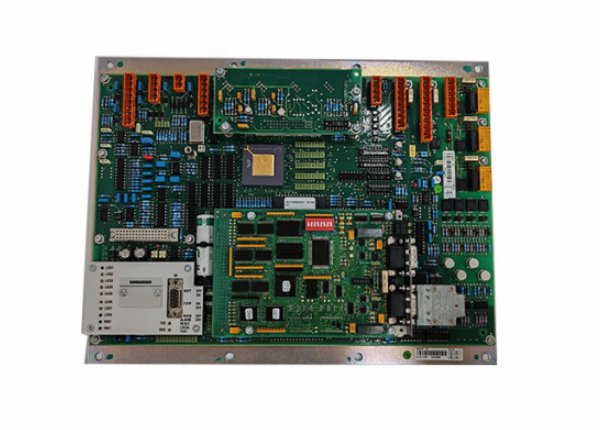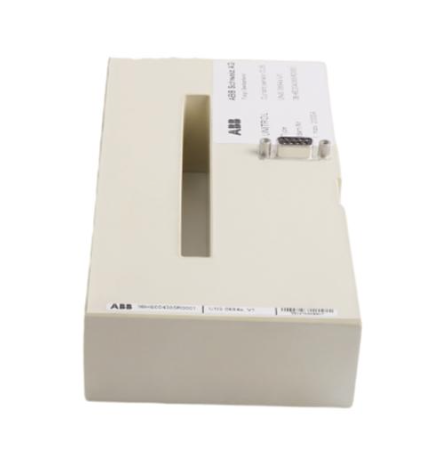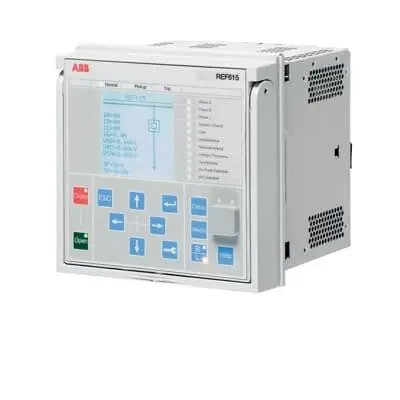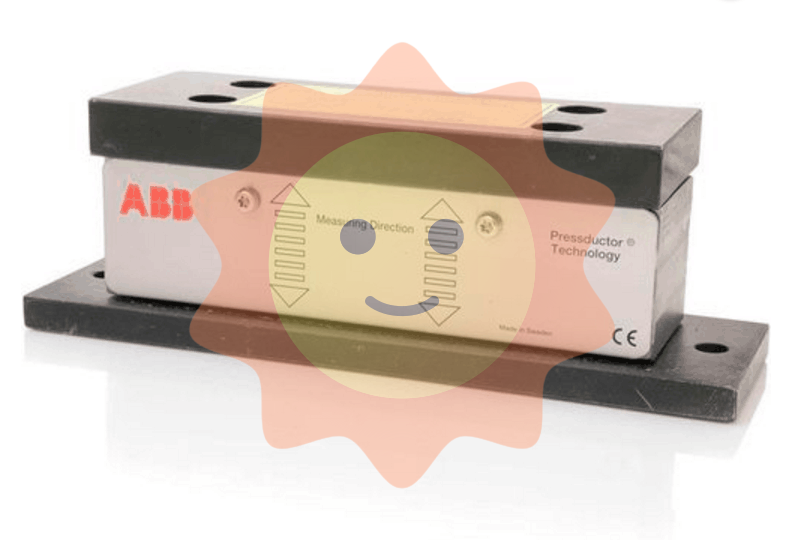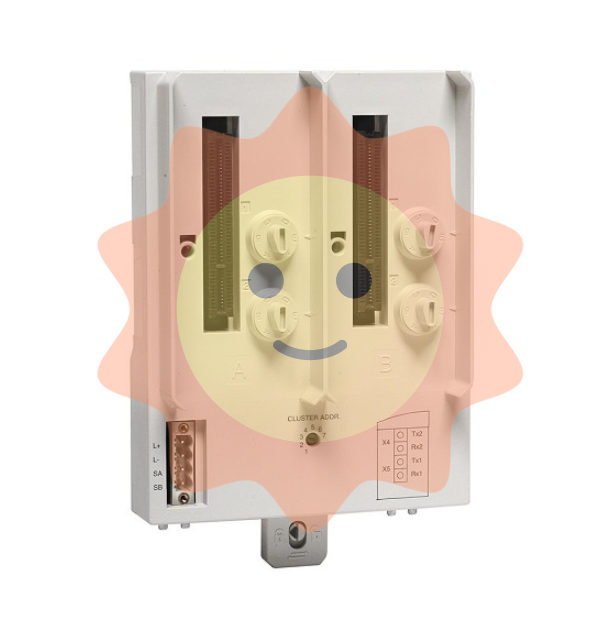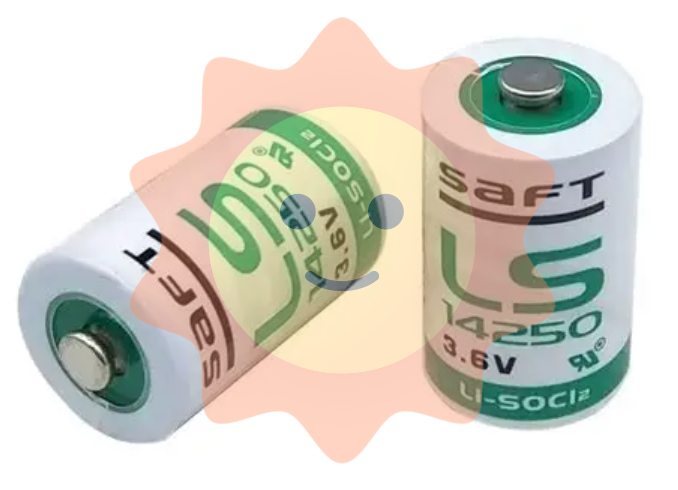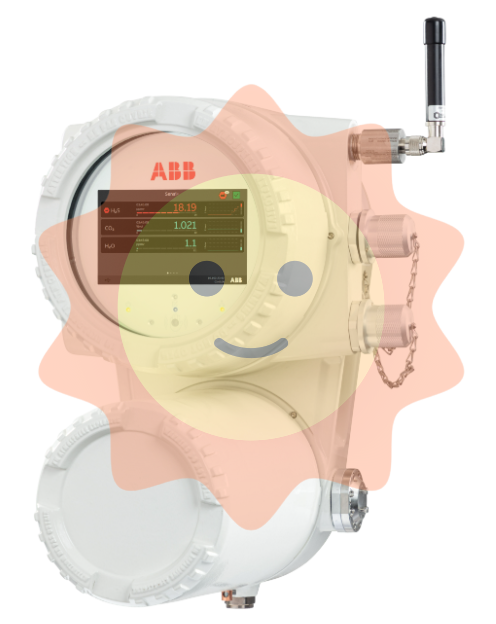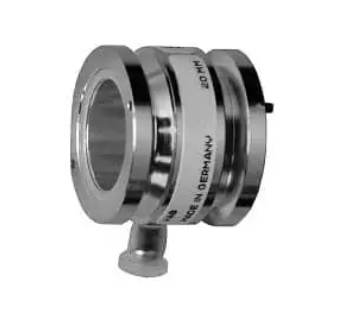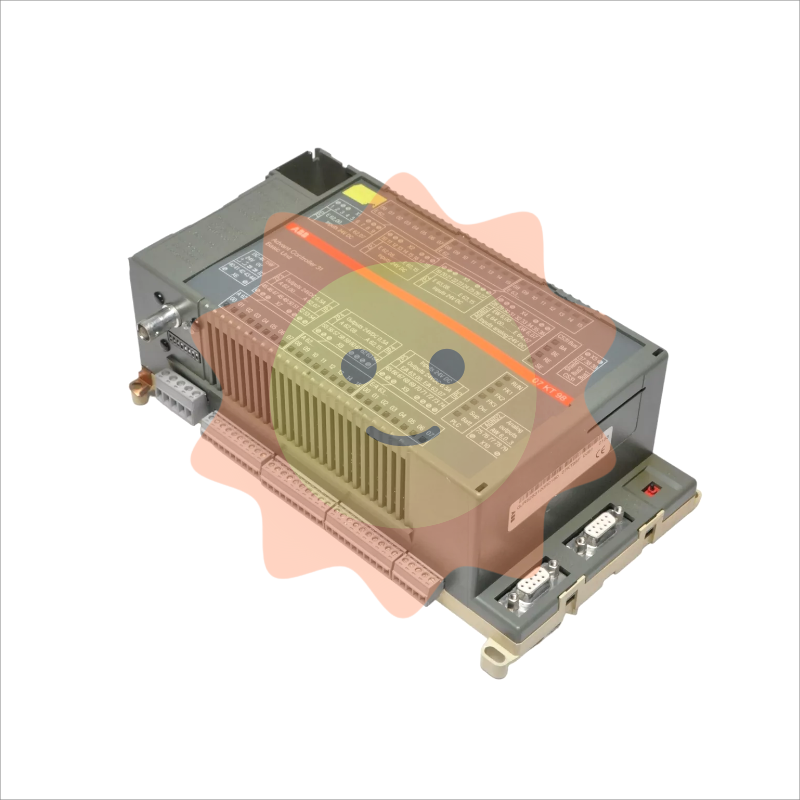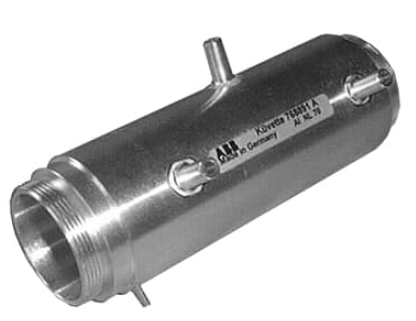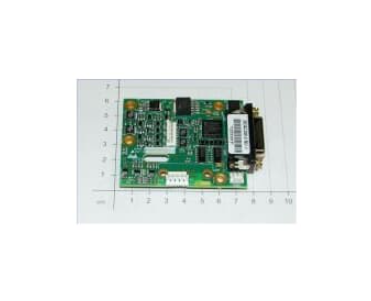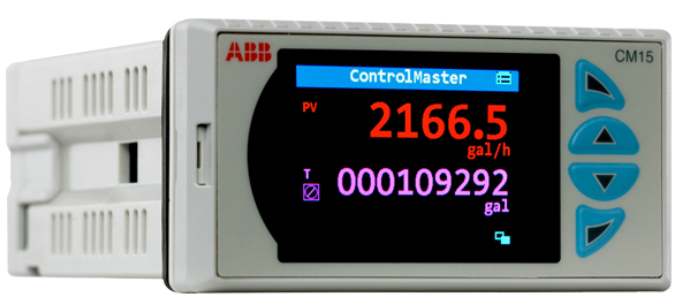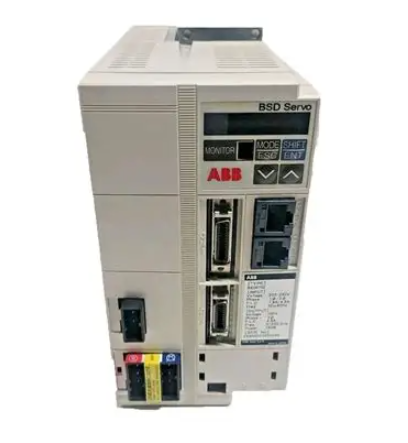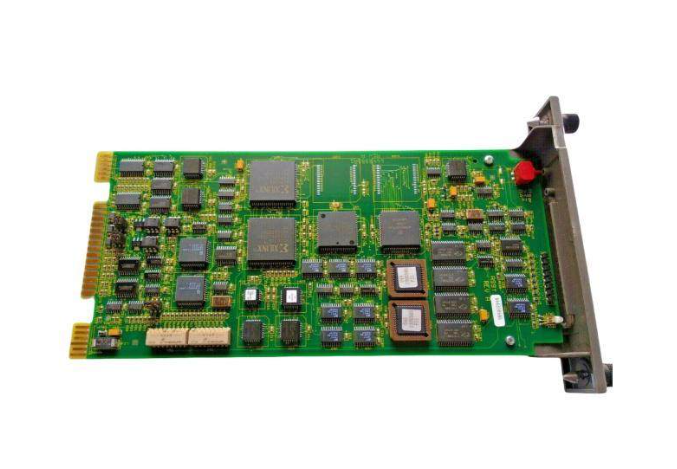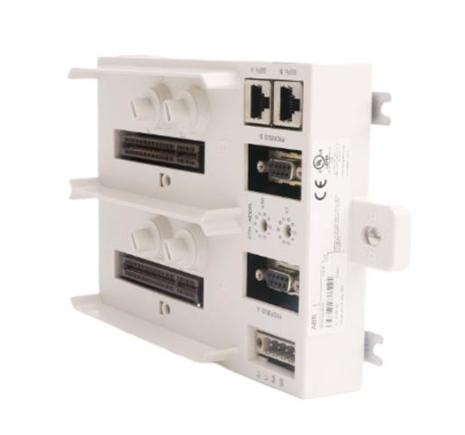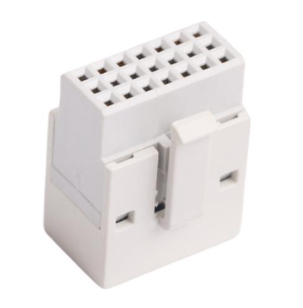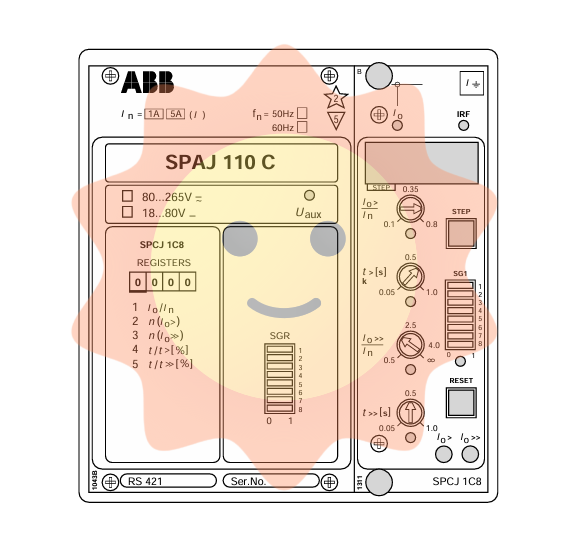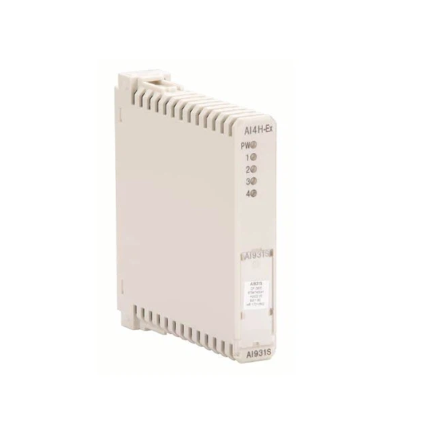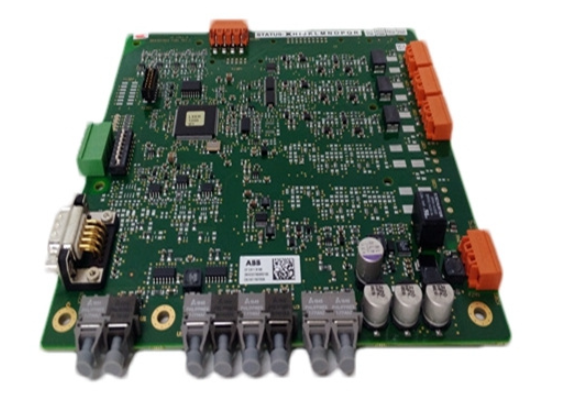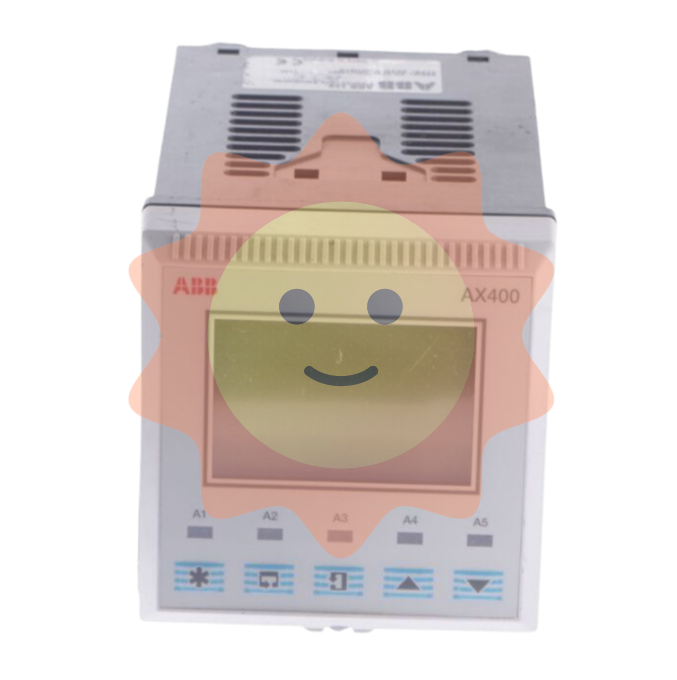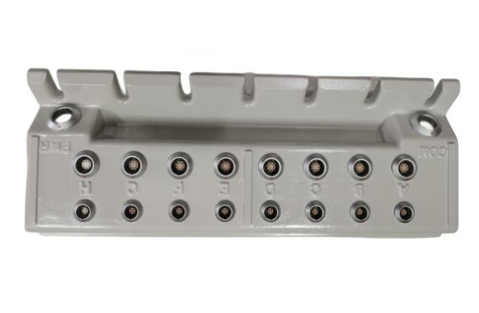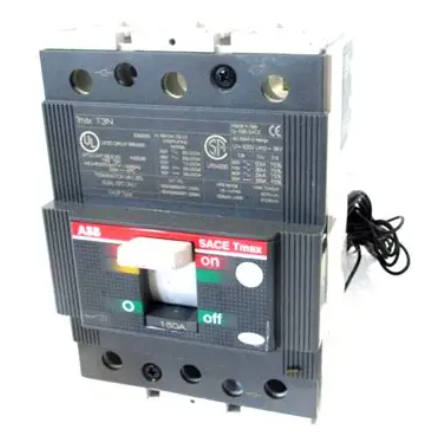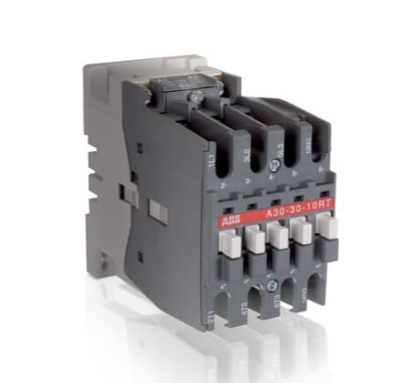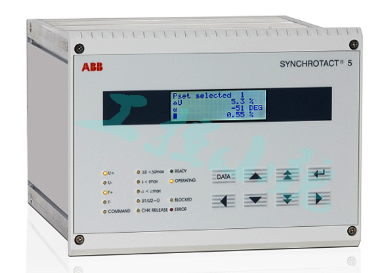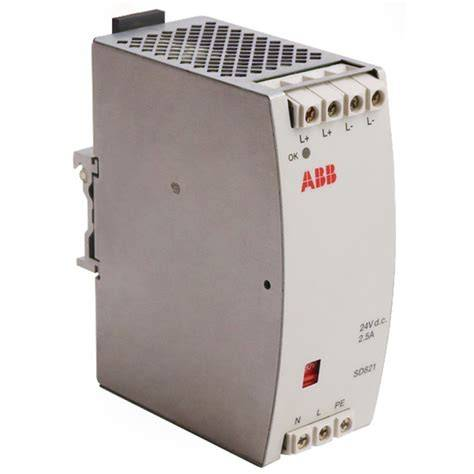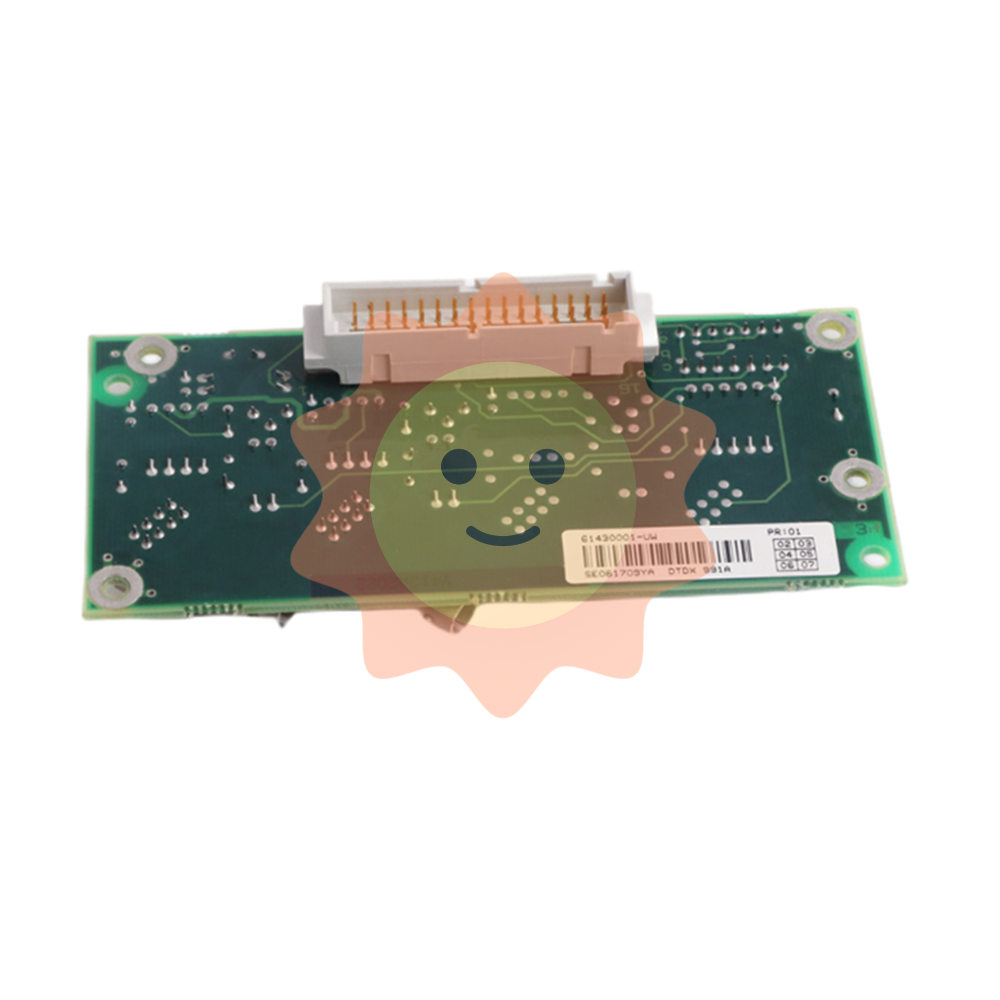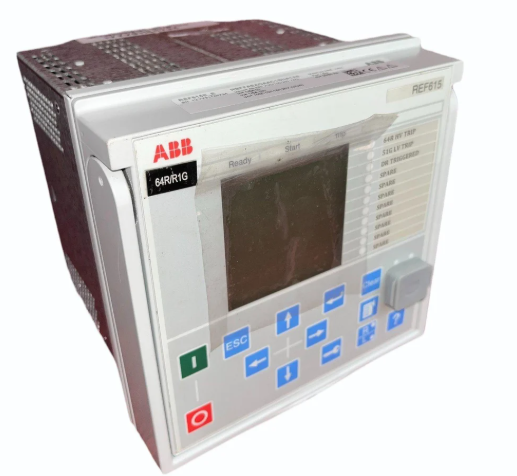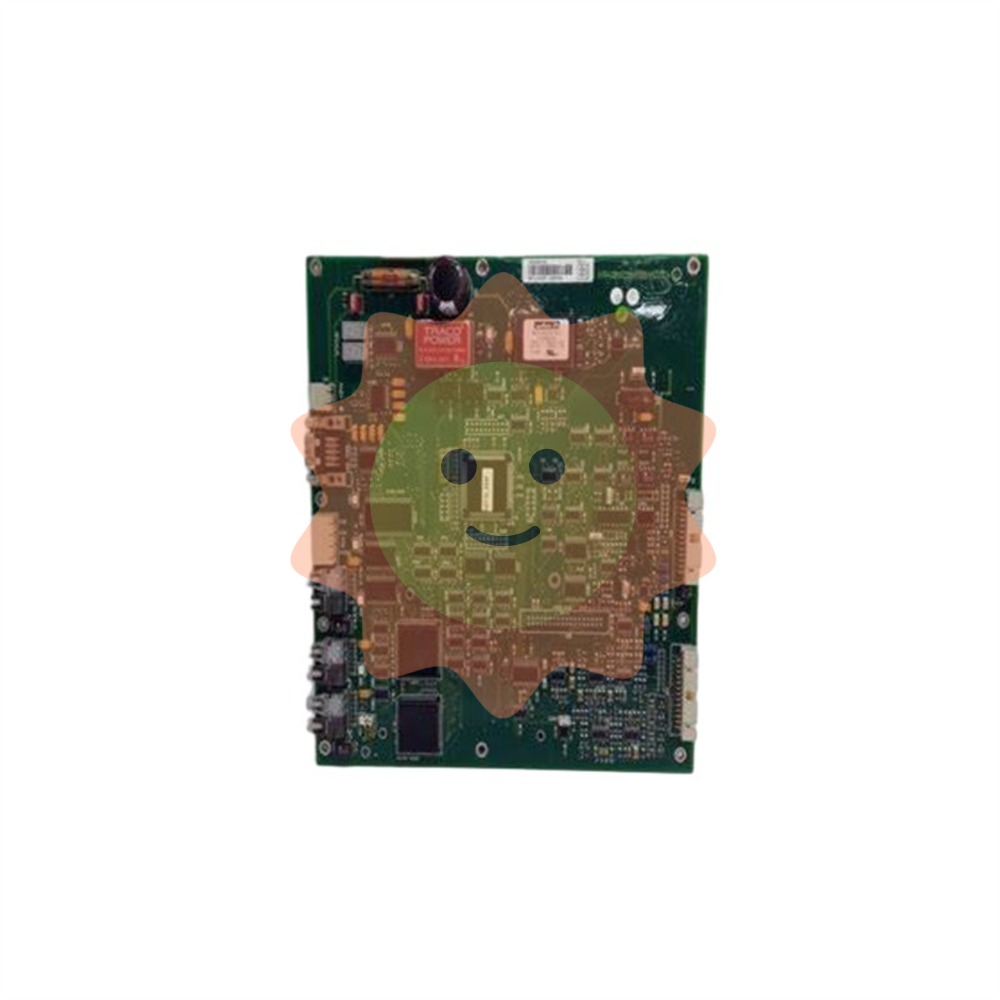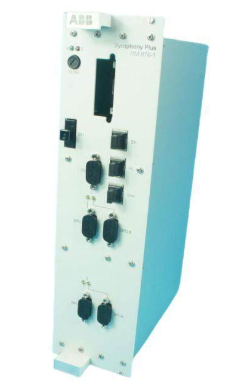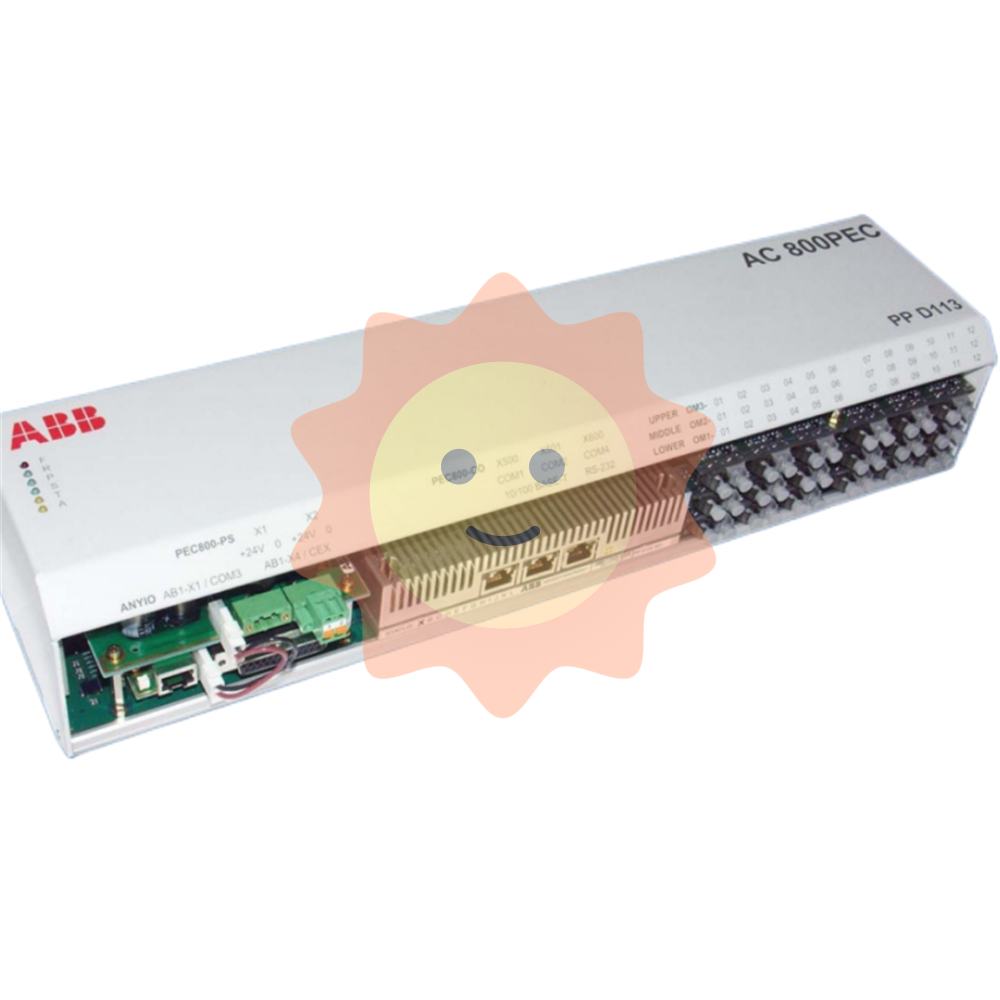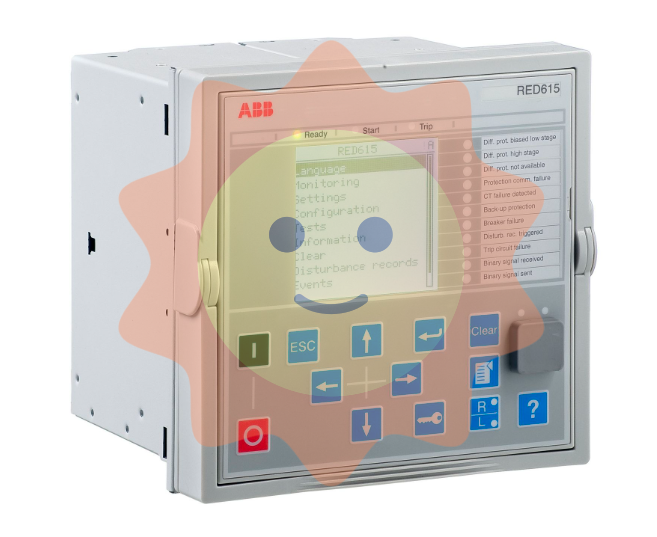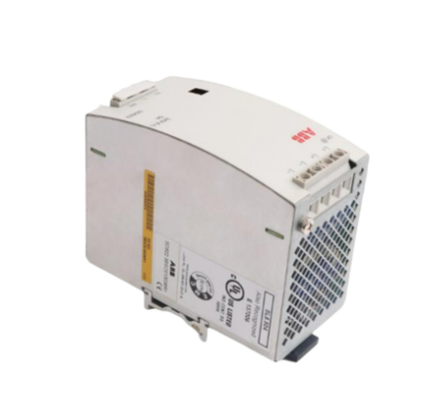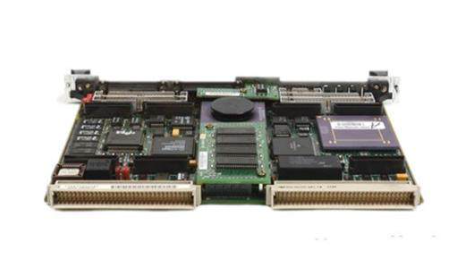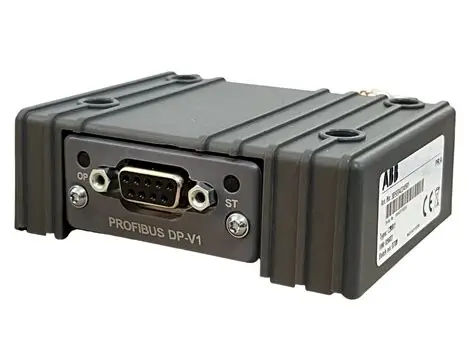ABB SUE 3000 high-speed switching device
ABB SUE 3000 high-speed switching device
Product overview
Positioning and Function: The SUE 3000 is a high-speed switching device mainly used to automatically switch to a backup power source in case of power interruption or voltage drop to ensure continuous power supply for users, protect auxiliary processes from expensive downtime, and also support manual start-up switching to simplify device operation.
Application scenarios: Suitable for occasions sensitive to power outages, such as auxiliary facilities in power plants (steam, gas turbines, combined cycles, nuclear power plants), environmental protection technology facilities (flue gas purification, waste incineration), continuous industrial processes (chemical plants, highly automated industrial facilities, fiber manufacturing, petrochemical processes), etc.
Switchgear configuration
Dual circuit breaker configuration (variant 1): commonly used in auxiliary facilities of thermal power plants. Under normal circumstances, one of the two power sources is supplied by the busbar, and the other is disconnected. It is not allowed for both to supply power simultaneously. In case of a fault, it switches to the second power source. The device is designed symmetrically and can be started and switched from either side.
Two line, one bus configuration (variants 2 and 4): The load is divided into two sections of busbars due to redundancy, and the contact circuit breaker is usually disconnected. Both lines are running. When one line fails, it switches from the fault line circuit breaker to the contact circuit breaker, and can be manually switched back after the fault line is restored.
Three line two option configuration (variant 3): Used for situations where three lines are needed and two options are available, only switching between the pre selected two lines, with fixed input signal connections, and pre selection logic can be combined with additional logic conditions.
Triple line selection configuration (variant 5): When the triple line is available, switching operations can be performed between any two lines. The input signal is hard wired, and the selection logic can be associated with other logic conditions.
Core functions
Working mode: Equipped with fast processing logic and high-precision analog signal processing, it permanently compares the bus voltage with the backup power supply voltage, generates synchronization standards such as phase angle, frequency difference, backup power supply voltage, and bus voltage, ensuring the shortest switching time during startup and reducing transient effects on users.
Permanent determination of network conditions: synchronous standard online calculation, with a determined switching mode at startup, can be started immediately to increase the probability of rapid switching, and the device is only ready when the two circuit breakers are in different states and in their working positions.
Switch Mode
Quick switching: Both the main power supply and the backup power supply are executed within the specified limits during startup, with two types of control: simultaneous control and sequential control. The no current switching time controlled simultaneously depends on the time difference between circuit breaker operation. Sequential control requires waiting for the disconnection indication of the incoming circuit breaker before issuing the command to close the backup circuit breaker.
First phase coincidence switching: When there is no synchronization condition during startup, disconnect the original incoming line first, determine the first phase coincidence point and the time when the closing command is issued through predictive calculation, and connect the backup power supply when the voltage difference is minimized. Careful engineering design and debugging are required.
Residual voltage switching: Used when the first phase coincidence switching is not feasible. When the bus voltage drops to the preset allowable value, connect the backup power supply without evaluating the angle or frequency difference. Transient effects are controllable.
Timed switching: Quick switching is executed when it is not completed within the preset time, which belongs to the safe stage and generally does not occur under normal operating parameters.
Special support functions: including decoupling (automatically reversing to avoid illegal network coupling when mechanical faults are detected), circuit breaker tripping switching (monitoring the position of the circuit breaker and performing switching when disconnected for no reason), and non independent network switching mode (using a programmed time frame to determine if the backup power source is ready).
Configuration and Parameters
Configuration method: LED indicators, single line diagrams, control schemes, automation sequences, etc. are configured through software functional modules. FUPLA programming language is used to provide multiple logic functional modules, and parameters can be modified through HMI control units or connected to configuration computers.
Variable functional parameters: including frequency difference for quick switching, network angle, bus voltage value, backup power supply voltage value, maximum frequency gradient for initial phase coincidence switching, bus residual voltage value for residual voltage switching, original power undervoltage value and delay time for undervoltage startup, timed closing command time, circuit breaker command delay time, etc.
- EMERSON
- Honeywell
- CTI
- Rolls-Royce
- General Electric
- Woodward
- Yaskawa
- xYCOM
- Motorola
- Siemens
- Rockwell
- ABB
- B&R
- HIMA
- Construction site
- electricity
- Automobile market
- PLC
- DCS
- Motor drivers
- VSD
- Implications
- cement
- CO2
- CEM
- methane
- Artificial intelligence
- Titanic
- Solar energy
- Hydrogen fuel cell
- Hydrogen and fuel cells
- Hydrogen and oxygen fuel cells
- tyre
- Chemical fiber
- dynamo
- corpuscle
- Pulp and paper
- printing
- fossil
- FANUC
- Food and beverage
- Life science
- Sewage treatment
- Personal care
- electricity
- boats
- infrastructure
- Automobile industry
- metallurgy
- Nuclear power generation
- Geothermal power generation
- Water and wastewater
- Infrastructure construction
- Mine hazard
- steel
- papermaking
- Natural gas industry
- Infrastructure construction
- Power and energy
- Rubber and plastic
- Renewable energy
- pharmacy
- mining
- Plastic industry
- Schneider
- Kongsberg
- NI
- Wind energy
- International petroleum
- International new energy network
- gas
- WATLOW
- ProSoft
- SEW
- wind
- ADVANCED
- Reliance
- YOKOGAWA
- TRICONEX
- FOXBORO
- METSO
- MAN
- Advantest
- ADVANCED
- ALSTOM
- Control Wave
- AB
- AMAT
- STUDER
- KONGSBERG
- MOTOROLA
- DANAHER MOTION
- Bently
- Galil
- EATON
- MOLEX
- Triconex
- DEIF
- B&W
- ZYGO
- Aerotech
- DANFOSS
- KOLLMORGEN
- Beijer
- Endress+Hauser
- MOOG
- KB
- Moxa
- Rexroth
- YAMAHA
- Johnson
- Westinghouse
- WAGO
- TOSHIBA
- TEKTRONIX


Email:wang@kongjiangauto.com



